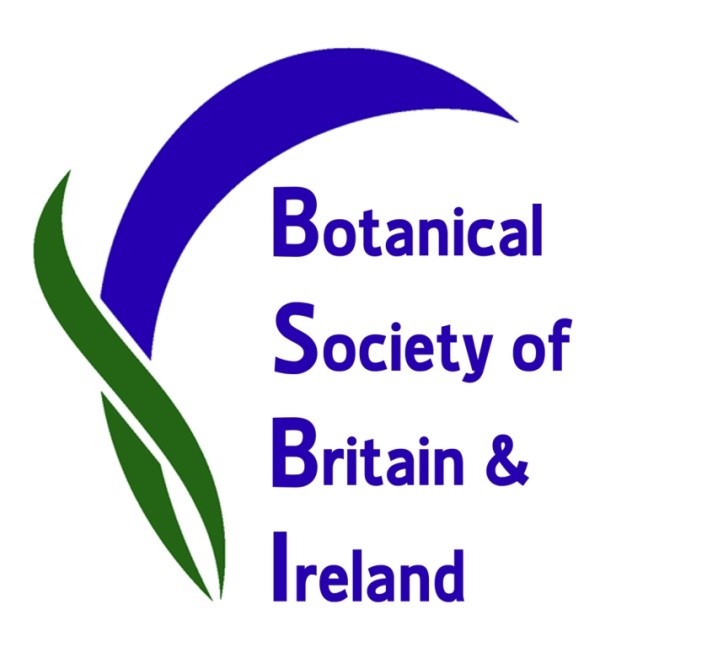Dumfriesshire Botany Group at Dalswinton wind farm, 26th July 2020
Finally after a frustrating summer and following government advice for groups we were able to hold our first Dumfries Botany Group meeting. Seven of us met from 5 households, the maximum allowed, with no car sharing allowed between households.
We chose to visit the Dalswinton Common area at NX98P as a tetrad with no previous records. The visit entailed quite a long walk in from the road side parking but we were able to follow the windfarm track up through the forestry and onto the open moor.
The site though not very high, we reached 280m at most, gave great views out over lower Dumfriesshire and to the west and was open to the wind as you would expect. The 40m blades of the 15 2mw turbines sitting at 80m were certainly generating plenty of power on the day.
There was some debate about what had happened on the moorland to accommodate the turbines. Clearly substantial areas of forestry had been removed and we discovered how tricky this makes traversing the moorland. The was an idea that some attempt has been made to regenerate dwarf shrub heath on this by sowing heather and other heathland species though there must have been some residual heath in some areas. Grazing occurs under the turbines and it was in one area where feeding for stock had happened that we found a lot of arable weeds including only the second known occurrence in VC72 of the alien Narrow-leaved ragwort, Senecio inaequidens.
The tracks provided their usual array of colonists liking the stony well drained ground. The two annual hair grasses were showing well. Silver Hair-grass, Aira caryophylla in particular was living up to its name with empty glumes shining in the sun. Three other nice to see colonists were, Small Cudweed, Logfia minima, Heath Pearlwort, Sagina subulata and Stag‘s-horn Clubmoss, Lycopodium clavatum. These are all turning up increasingly on forest and windfarm tracks in Dumfriesshire. The same is true of Bird’s-foot Ornithopus perpusillus a diminutive clover relative. This was seen later in the day outside the target square.
We struggled across the formerly forested moorland to a small lochan for lunch. This is an artificially dammed water body high up the Duncow Burn. As we started to eat the heavens opened for about 20 minutes, the only serious rain of the day. Thereafter we negotiated the very wet surrounds of the lochan and were able to compare Marsh Lousewort, Pedicularis palustris (hairy calyx) and ordinary Lousewort Pedicularis sylvatica (non hairy calyx) and the two typical upland loch sedges Bottle-sedge Carex rostrata (lvs blue and green) and Bladder-sedge Carex vesicaria (lvs yellow green). Finally it is always good to find Bog myrtle, Myrica gale even if it survives here only in forest rides. It is rarely abundant in Dumfriesshire and it dwindles quickly east of the M74. A total of 161 species was reasonable for this hill ground.
Chris Miles
BSBI county recorder for Dumfriesshire VC73 – see bsbi.org/dumfriesshire

